The quest for affordable gaming often leads to a comparison between widely recognized graphics cards that have proven their worth in the budget segment. The Nvidia GeForce GTX 1650 and GTX 1060 are two such contenders, each with its own set of strengths and weaknesses. In the battle of budget GPUs, gamers and creative professionals are keen to determine which card offers the best value and performance for their needs. This article will compare the GTX 1650 and GTX 1060 across various factors, including gaming performance, power efficiency, features, and longevity, to help you make an informed choice.
Gaming Performance: Head-to-Head
When it comes to gaming, both the GTX 1650 and GTX 1060 offer decent performance, but they target different gaming experiences due to their varying capabilities.
Frame Rates and Resolution
The GTX 1060, particularly the 6GB model, often outpaces the GTX 1650 in terms of frame rates and the ability to handle higher resolutions. It is better suited for gamers looking to play at 1080p with high settings or even venture into 1440p gaming with medium settings. The GTX 1650, while capable at 1080p, may require some settings adjustments for smoother gameplay in more demanding titles.
Game Compatibility and Future-Proofing
Both cards support a wide range of current games but looking forward, the GTX 1060’s additional horsepower could offer a bit more longevity. As games continue to advance graphically, the GTX 1060 is more likely to keep up with future titles at acceptable settings compared to the GTX 1650.
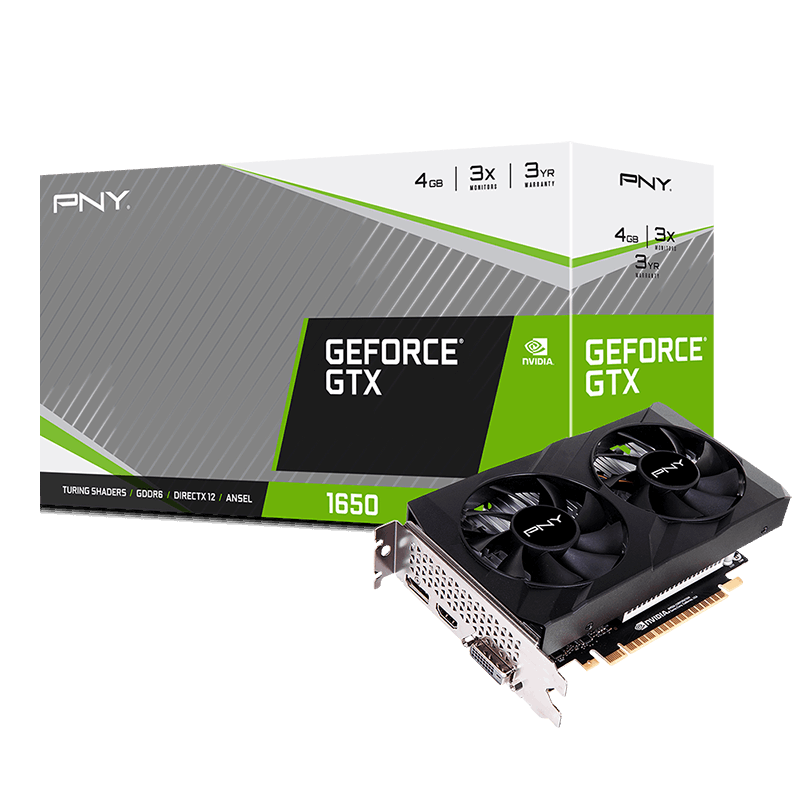
Power Efficiency and System Requirements
Power efficiency is an important consideration, especially for those with pre-built systems or older power supplies.
Energy Consumption
The GTX 1650 is known for its low power draw, often not requiring external power connectors, which makes it easy to slot into many systems without worrying about power supply upgrades. The GTX 1060, on the other hand, generally consumes more power and may necessitate a beefier power supply, especially for the 6GB version.
Heat and Noise
With lower power consumption typically comes less heat production and, consequently, less fan noise. The GTX 1650 tends to run cooler and quieter than the GTX 1060, which could be a deciding factor for users with small form-factor PCs or those sensitive to noise.
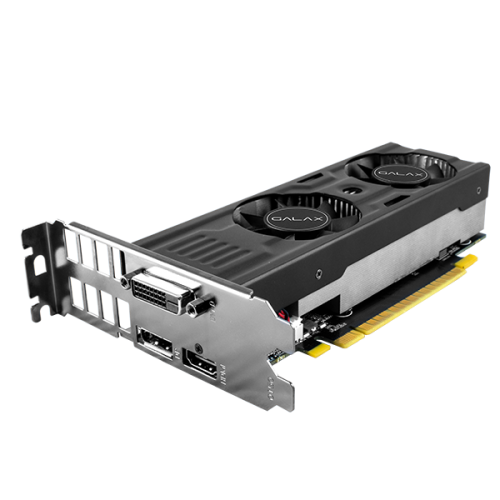
Features and Technologies
Beyond raw performance, the features and technologies supported by a GPU can greatly affect the user experience.
Architectural Advantages
The GTX 1650 is built on the newer Turing architecture, which brings efficiency improvements and better performance per watt compared to the GTX 1060’s Pascal architecture. This can translate to better optimization in some newer games that take advantage of Turing’s advancements.
Driver Support and Software
Nvidia’s continuous driver updates often bring performance enhancements and bug fixes. While both GPUs receive updates, the GTX 1650, being newer, might see more frequent optimizations and a longer support lifespan. This includes compatibility with Nvidia’s suite of software like GeForce Experience for game optimization and Ansel for in-game photography.
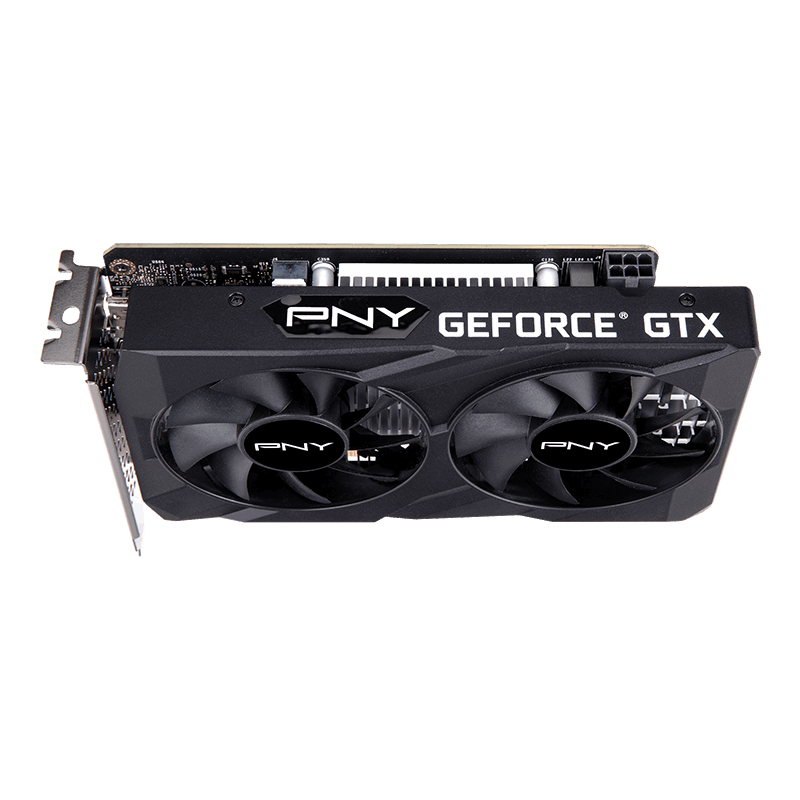
Longevity and Value for Money
Determining which GPU provides the best value for money involves assessing not just current needs but also future gaming and content creation scenarios.
Cost Over Time
The GTX 1060 originally came at a higher price point but now, as a second-hand option, it can offer good value for those willing to purchase used hardware. The GTX 1650, generally more affordable when new, provides warranty security and the assurance of a fresh product with potentially lower running costs due to its energy efficiency.
Resale Value and Upgradability
The resale value of GPUs can fluctuate based on demand and new market entries. While both cards will eventually lose value, the GTX 1650’s newer technology might hold its worth slightly better over time. Upgradability should also be a consideration, as systems with the GTX 1650 may require fewer modifications if an upgrade to a more powerful GPU is planned in the future.
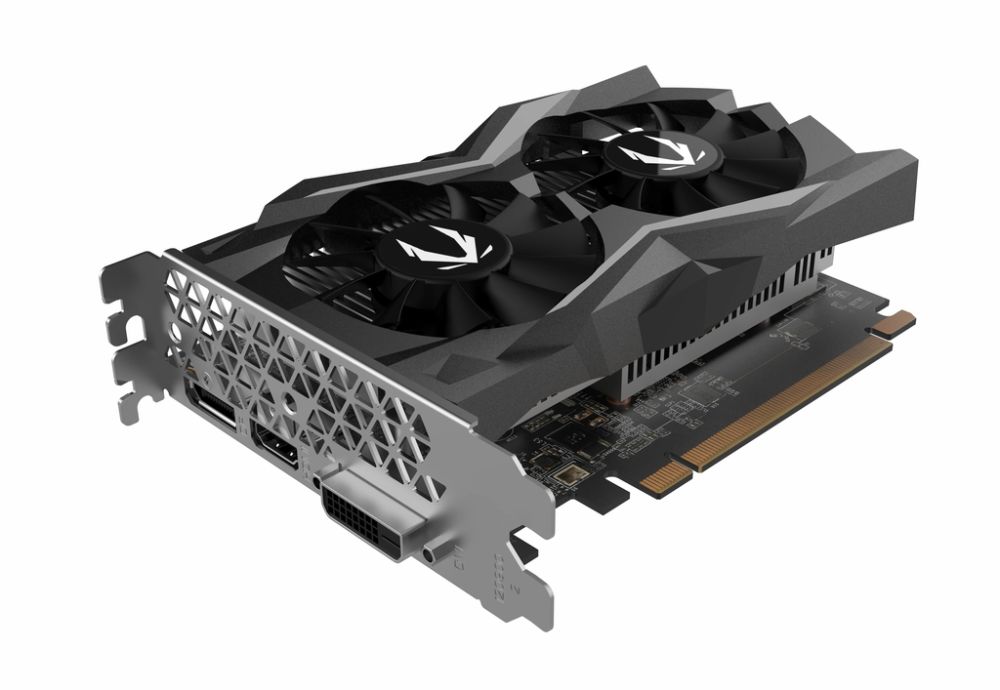
Considerations for Content Creators
For content creators, the choice between the GTX 1650 and GTX 1060 takes on a different dimension, as software compatibility and rendering capabilities become critical.
Rendering and Encoding Performance
While gaming performance is often similar, rendering tasks can behave differently. The GTX 1060’s additional computational power can make it a better performer for video editing and 3D rendering tasks. However, the GTX 1650’s newer architecture may offer advantages in certain creative applications optimized for Turing’s features.
Software Integration
Many creative applications integrate closely with the graphics card to accelerate tasks and improve workflow efficiency. The GTX 1650’s newer drivers may provide better long-term support for updates in creative software, potentially offering smoother integration and performance enhancements as software evolves.
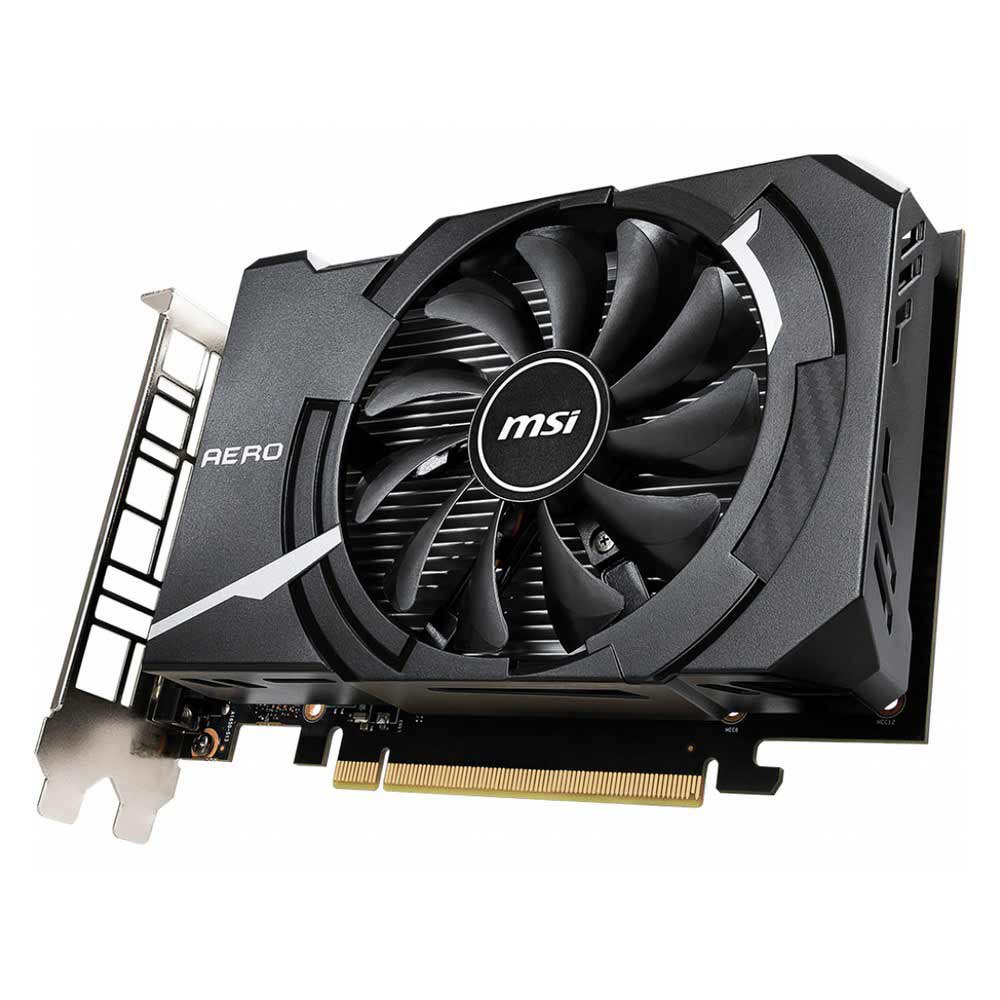
Upgrading from Older GPUs
For those upgrading from older graphics cards or integrated graphics, both the GTX 1650 and GTX 1060 represent significant improvements. The decision often comes down to the existing system and future upgrade paths.
Compatibility with Older Systems
The GTX 1650’s low power requirements make it an attractive upgrade for older systems or pre-built PCs with lower-capacity power supplies. Its plug-and-play nature, not requiring additional power connectors, eases the upgrade process. The GTX 1060 might call for a more substantial system overhaul, including possibly a new power supply, due to its higher power draw.
Planning for Future Upgrades
Looking ahead, consider how each card fits into your long-term upgrade strategy. If you plan to build a new system or significantly upgrade your current one in the near future, the GTX 1060 might offer a more powerful stopgap. Alternatively, the GTX 1650, with its efficient power use and newer architecture, could be a more practical interim option until a more substantial upgrade is feasible.
Final Thoughts on Budget GPU Selection
The battle between the GTX 1650 and GTX 1060 highlights the diverse needs of budget-focused gamers and creators. Each card has its own merits and potential drawbacks depending on the use case. The GTX 1060 excels in delivering more immediate power for gaming and content creation, but its older architecture and higher power consumption are considerations. The GTX 1650, while not as powerful, offers efficiency, newer technology, and ease of installation, making it a sensible choice for those with power constraints or looking for a more recent GPU.
Choosing the Right Card for You
In the GTX 1650 vs GTX 1060 battle, the right choice ultimately hinges on individual requirements. The GTX 1060 is the go-to for gamers seeking higher frame rates and resolutions today, with a bit of headroom for tomorrow’s titles. The GTX 1650 shines in power efficiency, system compatibility, and as a more future-proof option with ongoing driver support. Assess your gaming preferences, system limitations, and budget to decide which card will offer you the best gaming experience and value for your investment. Whether you opt for the raw power of the GTX 1060 or the efficiency and newer technology of the GTX 1650, both cards hold their ground in the budget GPU segment.


